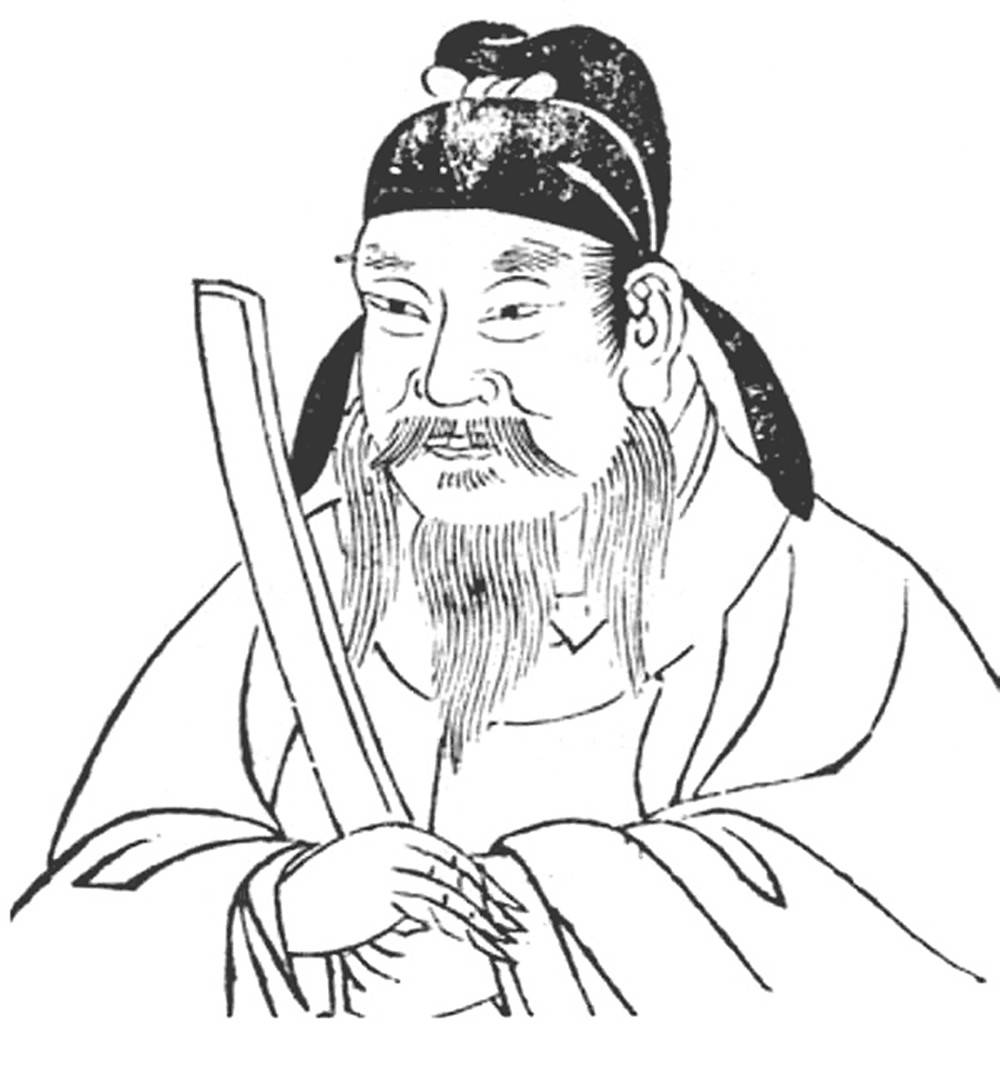An ancient poem has been used for 15 centuries to teach Chinese children to read and write. H.C. Lu reports
LITERALLY BILLIONS OF PEOPLE worldwide have learned the Alphabet Song, in which the 26 letters of the alphabet are memorized by being rather awkwardly fitted to a French melody from the 1700s.
But few people realize that there is a Chinese equivalent, which is much older and far more ambitious.
The Thousand Character Classic is a poem which consists of exactly 1,000 Chinese characters, each used just once. Each line has four characters, and each verse has four lines, with rhymes built in. Learn the 250 lines, and you’ll know 1,000 characters.
Where did it come from, and who wrote it?

Almost 1,500 years ago, Emperor Wu (梁武帝) of the southern state of Liang in the Southern and Northern Dynasties (420 to 589) wanted a calligraphy practice tool for his young family.
The Emperor selected a thousand characters penned by legendary calligrapher Wang Xizhi (王羲之), revered as the Great Sage of Calligraphy for his cursive scripts.
At that time, there lived a knowledgeable and talented scholar named Zhou Xingsi (周興嗣). This wise literati-scholar, born in Shenqiu county (沈丘縣) in Henan, set to work and compiled The Thousand Character Classic (千字文) – which quickly became a well-known teaching primer to help children learn Chinese characters.

But because of the way it was written, it does much more than that, inspiring readers to consider the world around them, and teaching children about moral ethics.
Legend has it that Zhou completed the work in one night: pretty good for a classic that had been read for centuries.
Emperor Wu was impressed. When Zhou eventually died, the leader shed tears and said his state had lost a great scholar.
CONTENT-RICH CLASSIC

The Thousand Character Classic is content-rich and easy to read, steeped in Confucian and Taoism beliefs. It covers a range of topics from cosmology, history, social development, geography, nature, rituals, moral virtues from Confucianism, and tales of old wise rulers.

Above is a screenshot of a translation by Nathan Sturman. You can download a PDF by clicking this line.
The poem discusses the universe, and phenomena such as the workings of the sun and moon, stars, and the rhythm of days and nights. It elaborates on self-cultivation and moral integrity in Chinese culture, includes accounts of ancient history, mentions the beauty of the natural scenery, and the delights of a tranquil pastoral life.
There’s also philosophy in it. Zhou wrote that having a pure inner mind could leave to the achievement of contentment, while the urge to obsess on enjoyment was distracting to the mind (守真志滿 逐物意移). Therefore, preserving your thoughts and mind pure are the sole way to garner self-satisfaction and inner peace.
MORAL, SPIRITUAL FULFILLMENT

As a literati-scholar, Zhou emphasized moral integrity, an important value in the country. The work promotes Confucianism as the ethical core of society.
Zhou also mentions the four elements and five virtues. The four elements are earth, wind, fire and water, said to be synonymous with constituent parts of our body. Flesh and bones belong to earth, body fluids to water, body temperature to heat, and inner circulation to wind.
The five virtues are benevolence, righteousness, courtesy, wisdom and trustworthiness. Confucianism argues that only a moral society can have an enduring social order. After a period out of the limelight during political upheavals in the past century, Confucianism has returned to popularity in modern China.
UNSURPASSED CALLIGRAPHY

With its well-loved phrases and unique characters, the Thousand Character Classic became a favourite text for Chinese calligraphers to celebrate.
Literati-scholars, calligraphers and emperors left behind great works of calligraphy based on Zhou’s classic poem.

In the Northern Song Dynasty, from 960 to 1127, China enjoyed an era of cultural brilliance. Emperor Huizong (宋徽宗) loved Zhou’s classic and compiled many collections of calligraphic writings quoting the piece in wild cursive or a unique slender-lined gold style.

To honour Zhou’s achievement, a renowned garden, the Chinese Pagoda Tree Park (中華槐園), was built in Shenqiu county, which is in Henan province, about 10 years ago.
Zhou’s masterful piece has endured for centuries as a teaching primer to enlighten and inspire children.
It was a little more ambitious than a song that just goes: A, B, C, D, E. F, G….
Image at the top by Jerry Wang on Unsplash.
